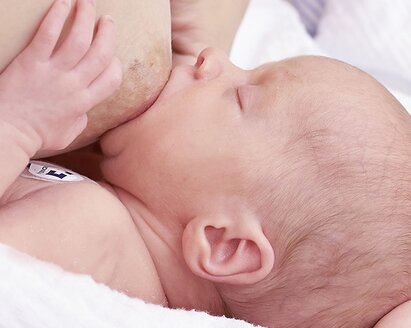Vous êtes actuellement en train de regarder :
Medela - French
Vous pouvez sélectionner un autre site Medela dans l’un de ces pays :
Produits
Acheter
Tire-lait
Pièces supplémentaires de tire-lait
Vêtements de grossesse et d'allaitement
Biberons de recueil et sachets de conservation
Nettoyage
Soin des seins
Aides spécifiques pour l'alimentation
NICU
Tire-lait
Hands-free tire-lait électrique
Classique tire-lait électrique
Manuel Tire-lait
Tire-lait hospitalier Symphony® et sets
Pièces supplémentaires de tire-lait
Kit Hands-free
Connecteur
Membranes
Tubing
Les téterelles
Power units
Kit traditionnel
Vêtements de grossesse et d'allaitement
Vêtements de pompage
Soutien-gorge de maternité et d'allaitement
Biberons de recueil et sachets de conservation
Produits pour hôpitaux uniquement
Biberons pour lait maternel
Sachets de conservation pour lait maternel
Mini vanity isotherme
Nettoyage
Sachets de désinfection Quick Clean™ pour micro-ondes
Quick Clean™ Désinfectant Pour Tire-Lait Et Accessoires - Aérosol
Soin des seins
Huile de massage pour les seins
Crème bio pour mamelons
Crème à la lanoline Purelan™
Compresses hydrogel
Coupelles recueil-lait
Bouts de sein Contact™
Coussinets d'allaitement jetables Safe & Dry™
Coussinets d'allaitement lavables - Gamme Safe & Dry™
Hands-free tire-lait électrique
Tire-lait Freestyle™ Mains-libres
Tire-lait électrique simple Solo™ Hands-free
Pump In Style® Mains libres Tire-lait électrique double
Swing Maxi™ Mains libres tire-lait électrique
Tire-lait hospitalier Symphony® et sets
Symphony: tire-lait hospitalier et de location
Set PersonalFit™ PLUS réutilisable
Téterelle PersonalFit™ PLUS
Ensemble d'initiation au lait maternel Symphony
Ensembles et Tire-lait hospitalier
Ensemble pour tire-lait pédiatrique avec Harmony
Ensemble d'initiation au lait maternel Symphony®/Harmony®
Ensemble tire-lait avec Harmony et récipient de 80 ml
Power units
Adaptateur d'alimentation de rechange pour tire-lait Swing Maxi™
Adaptateur d'alimentation Pump In Style® avec MaxFlow™ Double-voltage, 100-240 V
Vêtements de pompage
Bustier d’expression Hands-free™
Soutien-gorge d’allaitement et d’expression 3-en-1 de Medela
Professionnels hospitaliers et de santé
-
Produits
- Produits
- Acheter
-
Tire-lait
- Tire-lait
- Hands-free tire-lait électrique
- Classique tire-lait électrique
- Manuel Tire-lait
-
Tire-lait hospitalier Symphony® et sets
- Tire-lait hospitalier Symphony® et sets
- Symphony: tire-lait hospitalier et de location
- Set PersonalFit™ PLUS réutilisable
- Téterelle PersonalFit™ PLUS
- Ensemble d'initiation au lait maternel Symphony
- Ensembles et Tire-lait hospitalier
- Ensemble pour tire-lait pédiatrique avec Harmony
- Ensemble d'initiation au lait maternel Symphony®/Harmony®
- Ensemble tire-lait avec Harmony et récipient de 80 ml
- Pièces supplémentaires de tire-lait
- Vêtements de grossesse et d'allaitement
- Biberons de recueil et sachets de conservation
- Nettoyage
- Soin des seins
- Aides spécifiques pour l'alimentation
- NICU
- Articles
- Medela Family
- Services
- Professionnels hospitaliers et de santé
- Où trouver nos produits







